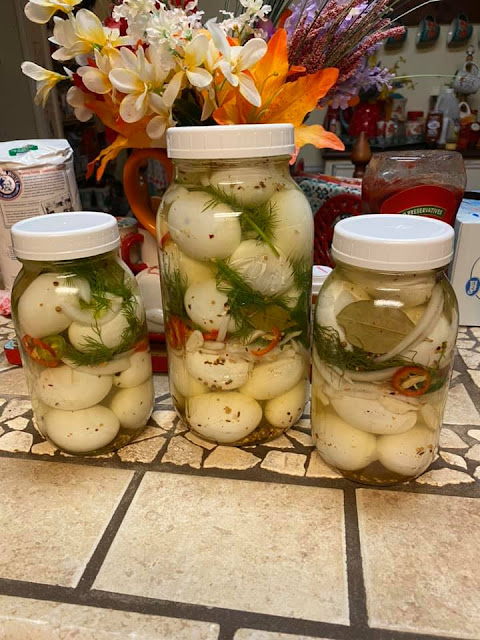Savor the Fruits of Your Labor: A Homemade Tomato Sauce Recipe Worth the Effort
After spending two weekends tirelessly working with 10 buckets of tomatoes, it's no wonder that exhaustion has set in.
But fear not, because your efforts are about to pay off! In this article, we'll guide you through the process of transforming those tomatoes into something truly special. Get ready to savor the fruits of your labor!
Step 1: Sorting and Cleaning
- Start by going through the tomatoes and sorting out any that are overripe or damaged. Discard these, as they won't contribute to the quality of your final product. Once sorted, give the remaining tomatoes a good rinse to remove any dirt or debris.
Step 2: Blanching and Peeling
- To easily remove the skins from the tomatoes, blanch them in boiling water for about 30 seconds. Then, transfer them to a bowl of ice water to cool down quickly. The temperature change will cause the skins to loosen, making them easy to peel off. Remove the skins from all the tomatoes and set them aside.
Step 3: Removing Seeds and Chopping
- Cut each tomato in half and gently squeeze out the seeds. This step is optional, but it can help reduce the water content and prevent your final product from becoming too watery. Once the seeds are removed, chop the tomatoes into small pieces. The size of the chop can vary depending on your preference and the intended use of the tomatoes.
Step 4: Simmering and Reducing
- Place the chopped tomatoes in a large pot and bring them to a gentle simmer over medium heat. Allow the tomatoes to cook down slowly, stirring occasionally to prevent sticking. As the tomatoes simmer, they will release their juices and begin to reduce in volume. This process can take several hours, so be patient and let the flavors concentrate.
Step 5: Seasoning and Adjusting
- Once the tomatoes have reduced to your desired consistency, it's time to add seasonings. This step is where you can get creative and tailor the flavors to your liking. Common additions include salt, pepper, garlic, basil, oregano, and a touch of sugar to balance the acidity. Taste as you go and adjust the seasonings to achieve the perfect balance of flavors.
Step 6: Preserving
Now that your tomato sauce is ready, it's time to preserve it for future use. There are several methods you can choose from, depending on your preference:
- - Canning: Sterilize jars, fill them with the hot tomato sauce, and process them in a boiling water bath to create a shelf-stable product.
- - Freezing: Allow the sauce to cool completely and transfer it to freezer-safe containers or bags. Leave some headspace to account for expansion during freezing.
- - Refrigerating: If you plan to use the sauce within a week or two, simply transfer it to airtight containers and store in the refrigerator.
Step 7: Enjoying the Fruits of Your Labor
- After all the hard work, it's time to sit back and enjoy the fruits of your labor. Your homemade tomato sauce can be used in countless dishes, including pasta sauces, stews, soups, and more. Get creative and experiment with different recipes to fully appreciate the rich flavors of your labor-intensive sauce.
Transforming 10 buckets of tomatoes into a delicious homemade tomato sauce may be labor-intensive, but the end result is well worth the effort.
From sorting and cleaning to simmering and preserving, each step contributes to the creation of a flavorful sauce that can elevate your culinary creations. So take a well-deserved break, and let your tomato sauce shine in your favorite dishes!
FAQs
1. Can I use different varieties of tomatoes for this recipe?
Absolutely! Feel free to use a mix of different tomato varieties to add depth of flavor to your sauce. Experiment with heirloom tomatoes, cherry tomatoes, or any other varieties you have on hand.
2. Can I add other vegetables or herbs to the sauce?
- Certainly! Tomato sauce is a versatile base that can be enhanced with additional vegetables like onions, bell peppers, or carrots. You can also add herbs like thyme, rosemary, or parsley to further enhance the flavor profile.
3. How long can the preserved tomato sauce be stored?
- When properly canned or frozen, homemade tomato sauce can be stored for up to a year. If refrigerated, it should be consumed within a week or two for the best quality and flavor.



















Comments